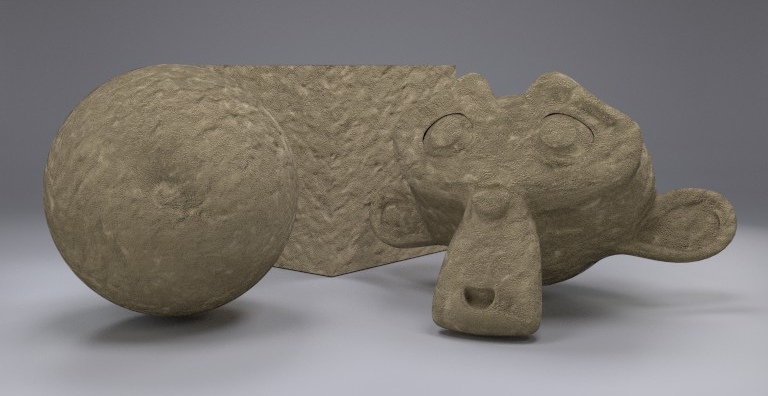Fabric Material for Upholstery

Hi. Today I'm going to show you a fabric for upholstery material: This is the main node setup. It is divided into two blocks: bumping and fabric material. The fabric bumping consists of a subtraction of two colors from wave texture nodes ( bands option). I have added a power node and a color ramp node to make the color transition of the pattern sharper. The synthetic fabric consists of a material with fresnel and facing reflections. The diffuse node uses Oren-Nayard algotithm (its roughness is higher than 0.0), and the glossy nodes also have a high roughness. The setup is as follows: Here theres is a simple test. Hires version here (model by Klaus Gollwitzer, @iamklaus): Bye










